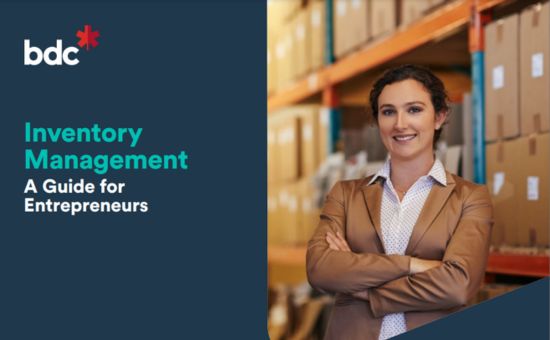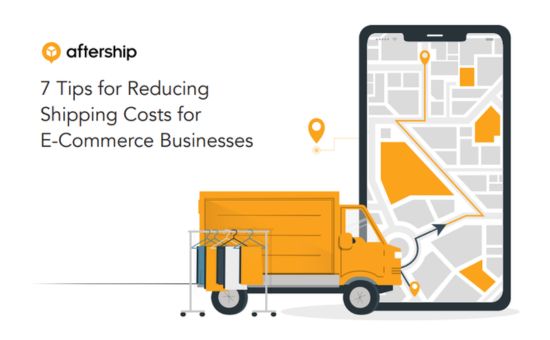Replatforming Guide: A Roadmap for Migrating Your E-commerce Store | BigCommerce
E-Commerce & Retail
Introduction
To thrive in today’s market, businesses must prioritize the future. Legacy technologies and outdated e-commerce platforms not only prevent you from delivering innovative shopping experiences but also restrict your team’s potential.
While sticking with your legacy commerce system might seem safe and familiar, it can expose you to the following risks and challenges:

Now is the time for enterprises to invest in technology that offers the flexibility to handle unexpected changes today and the capabilities to meet future customer and business needs.
Migrating from a legacy commerce system is not a decision to be taken lightly. However, it doesn’t have to be an expensive, disruptive, or time-consuming process.
Our team at BigCommerce has extensive experience with re-platforming, having assisted numerous enterprises in migrating their stores. We’re here to support you every step of the way.
We’ve created a comprehensive guide that outlines the critical steps for embarking on a platform migration and explains how BigCommerce can help you build a modern commerce solution.
With this step-by-step guide and success stories from BigCommerce merchants, you and your team will be well-prepared to launch a successful migration, resulting in improved performance, scalability, and innovation for the future.
Five Fundamental Steps for Managing a Platform Migration
While each enterprise is unique, the steps outlined in this guide offer a flexible framework that you can tailor to your specific needs. At BigCommerce, our teams — spanning sales, solutions, implementation, and customer success — collaborate with you every step of the way to ensure your project proceeds smoothly.
Step 1: Establish a Launch Date and Timeline
If your decision to re-platform is driven by a time-sensitive factor—such as an end-of-life for your current platform, a key internal retirement, overdue security remediation, or a critical revenue-driving date like Cyber Monday or an important industry event—you have a clear deadline to work backward from.
Your board or executives will have expectations for when the new platform needs to be live, so it’s crucial to establish those dates upfront and then work backward to create a timeline. This timeline will serve as the basis for negotiating the project scope. For example, suppose the CEO requires the platform to be live by September 15th, but the COO also wants a new analytics suite implemented. In that case, you might argue for postponing the analytics suite to a post-launch phase to reduce the immediate workload. Without a firm timeline, you can’t effectively negotiate.
Even if there isn’t external pressure driving the cutover, there will still be internal expectations. For example, your CFO might need the costs to be recorded in a specific fiscal year for accounting purposes, or the CMO might have promised sales leadership that new tools will be live by a certain quarter to meet targets. Identifying these expectations will help you develop a workable timeline.
This will be a demanding period where stakeholders who weren’t previously involved in the re-platforming process will need to manage new systems and integrations. Discovering errors in inventory sync or fulfillment workflows post-launch is far from ideal. For very high-volume sites, it might be beneficial to initially direct only a percentage of your web traffic to the new site and gradually increase it over time to mitigate risks. Your launch plan should include these details and distinguish between a soft launch and a full launch.
Ready to master your re-platforming journey? Continue reading the full guide and download it now!
The Table of Contents of “Replatforming Guide: A Roadmap for Migrating Your E-commerce Store”:
- Introduction
- Five Fundamental Steps for Managing a Platform Migration
- Step 1: Establish a Launch Date and Timeline
- Step 2: Identify Key Goals and Set Expectations
- Step 3: Create and Stack-Rank Your Requirements
- Step 4: Select Your E-commerce Platform and Agency Partner
- Step 5: Begin Implementation
- BigCommerce Migration Success Stories
- Conclusion
Number of Pages:
- 23 pages
Pricing:
- Free






